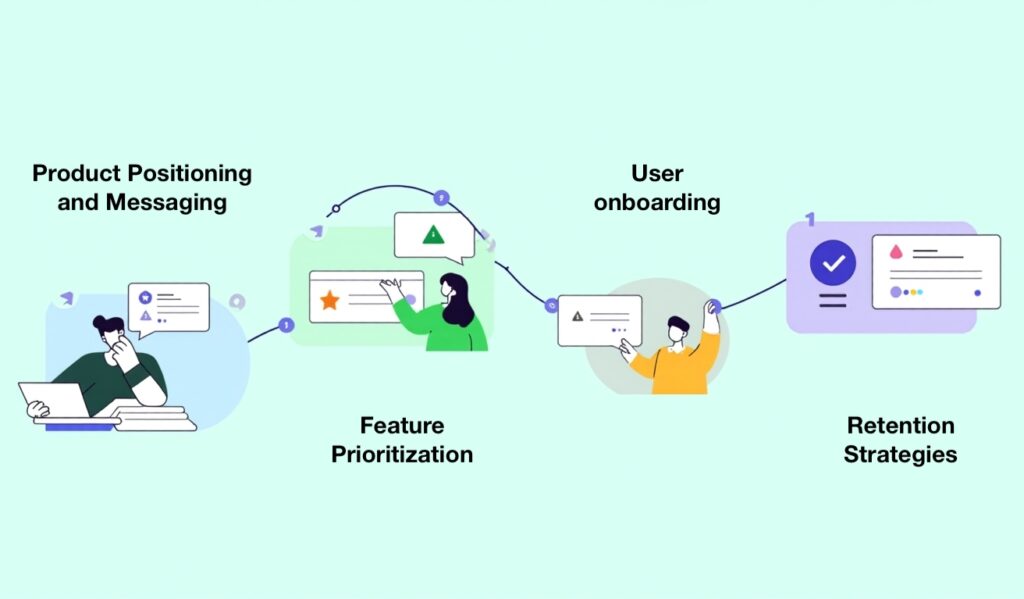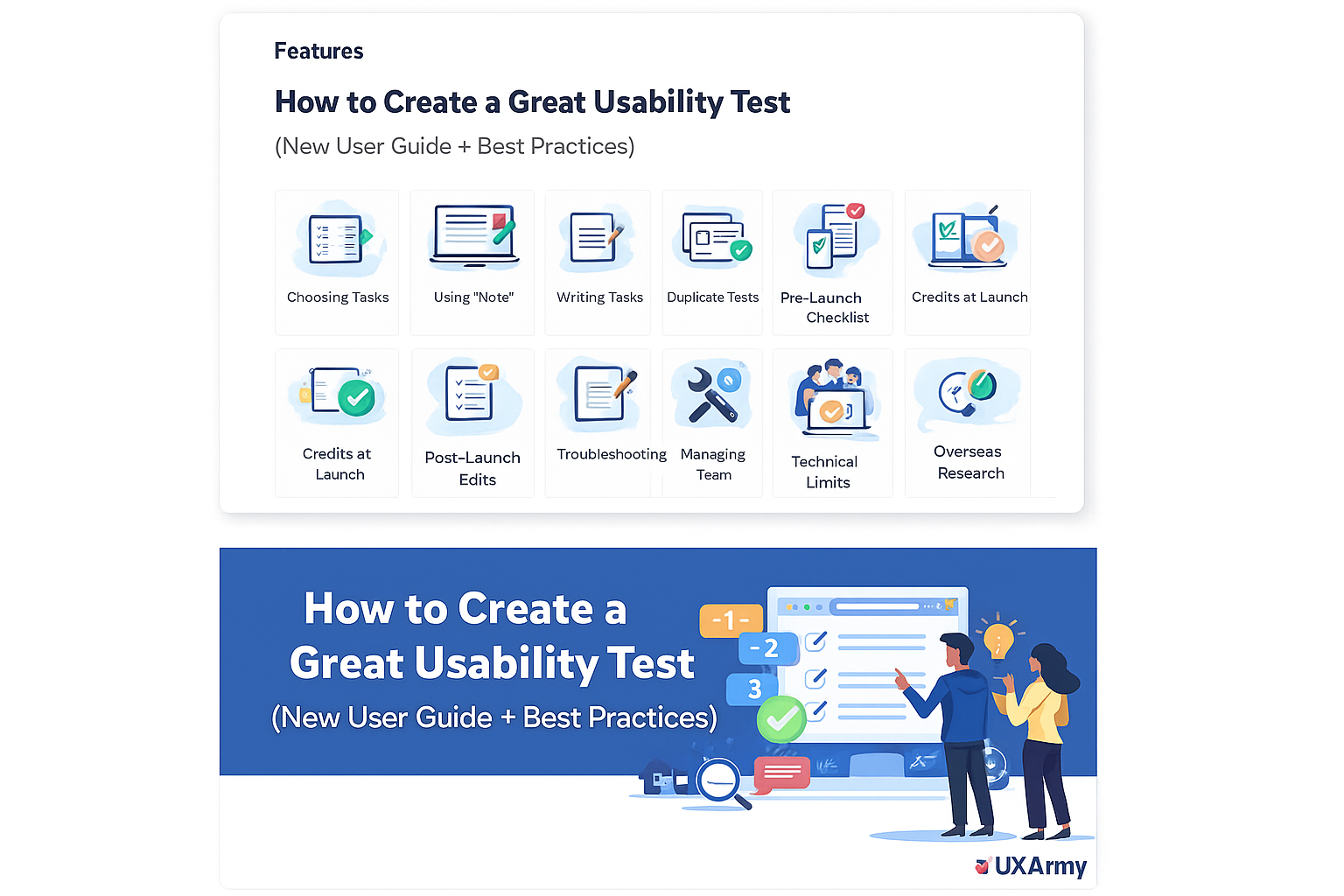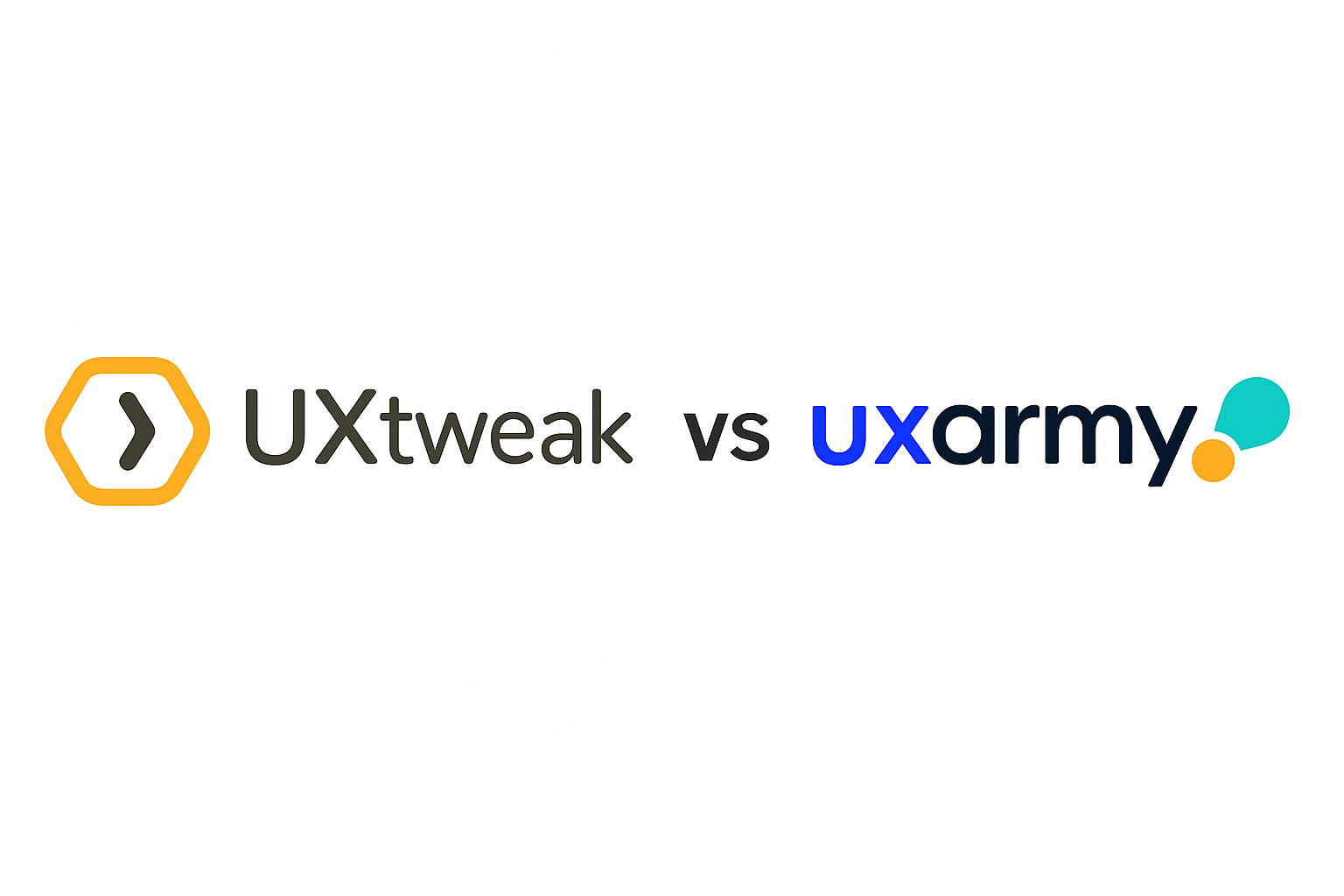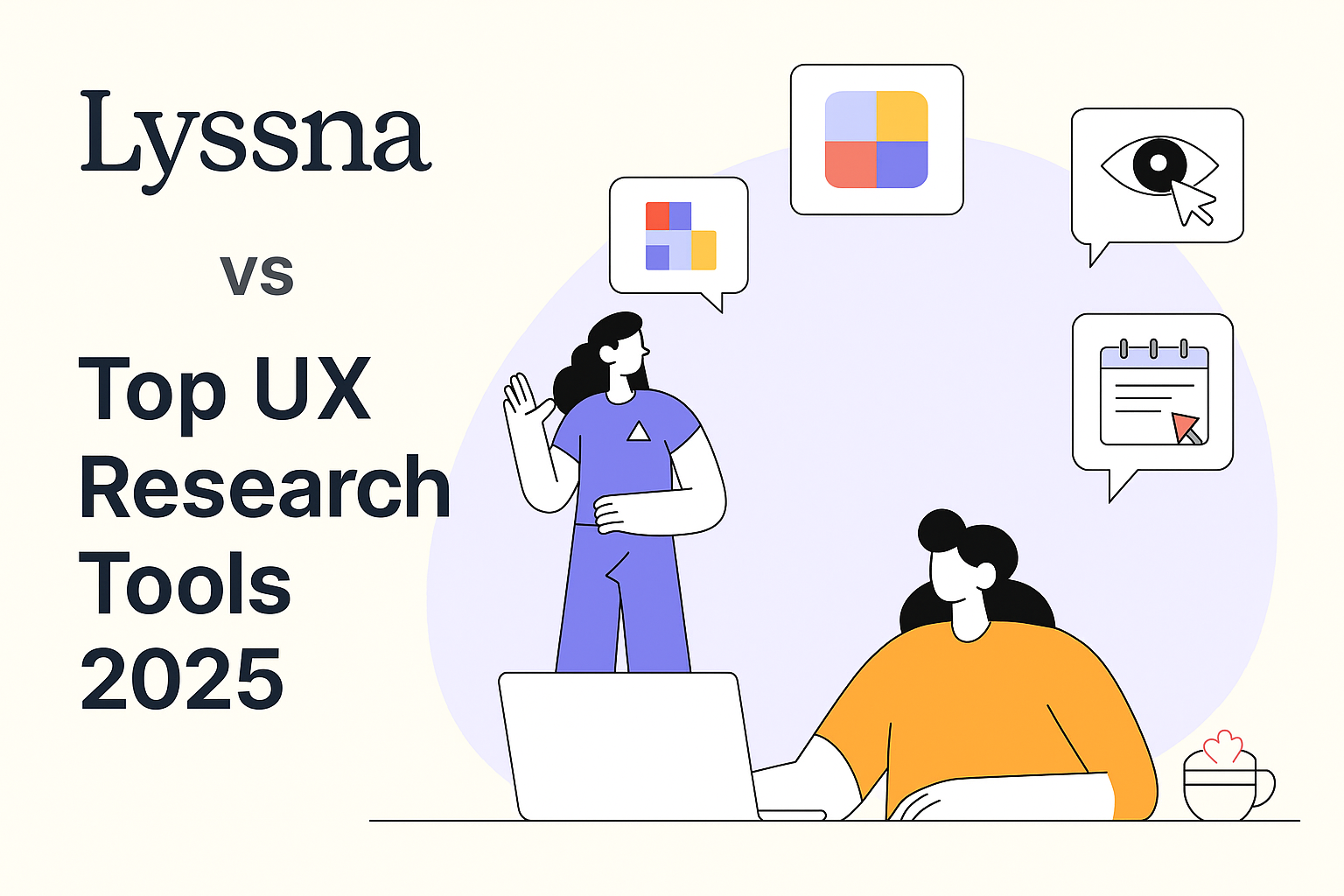Understanding customer motivations is central to creating meaningful digital experiences. Jobs-to-be-Done (JTBD) interviews serve as a powerful method to reveal the underlying reasons why products are hired and fired in the lives of users. Unlike traditional user interviews that focus on surface-level behavior, Jobs to Be Done (JTBD) interviews dive deep into context, emotion, and decision-making frameworks that drive real-world actions.
JTBD interviews offer a lens into the real drivers of product adoption and abandonment. When conducted with rigor and analyzed with clarity, they deliver insights that drive strategic product decisions and deepen customer understanding.
In an age of saturated markets and product parity, understanding the deeper motivations behind user choices has become essential. Functional requirements, aesthetic preferences, and usability scores only tell part of the story. To uncover the underlying forces driving decisions, Jobs-to-be-Done (JTBD) interviews offer a research methodology that reaches beyond conventional UX testing.
This article explores the process of conducting JTBD interviews from planning through analysis, identifies common pitfalls, and explains how insights can directly inform product strategy. Whether launching a new feature or rethinking a product’s value proposition, JTBD interviews provide the kind of narrative depth that usability testing would miss.
Ready to build that trust and kickstart your research?
let’s make trust the foundation of every project you work on.

Understanding the JTBD Philosophy
The Jobs-to-be-Done framework originates from the idea that products are not purchased merely for their features, but are hired to accomplish something in a person’s life. This “job” may be emotional, social, or functional in nature and usually, it’s a mix of all three.
Unlike Personas, which generalize needs, JTBD is grounded in real, contextual behavior. It doesn’t ask what a user wants, but instead asks: What happened that caused someone to seek out a change, and why was this product chosen (or abandoned)? This method surfaces pain points, hidden triggers, and the timeline of real decisions.
The switch moment! When a user decides to move from a current solution to a new one is central to JTBD. Every product experience fits into a broader timeline: a push from the current state, a pull toward the future, friction that creates anxiety, and inertia that resists change.
Planning JTBD Interviews
Defining the Scope and Job Type
The first step involves defining what type of “job” is being explored. Is the aim to understand why users switch from one budgeting app to another? Or to determine why an enterprise team adopted a new collaboration tool? Clarity in job type ensures the interviews remain focused and comparable.
JTBD research is most productive when exploring recent decisions, ideally within the past few weeks or months. Interviewing participants who recently made a product choice (or dropped one) yields accurate memory recall and richer detail.
Participant Recruitment
Recruitment should emphasize behavior, not demographics. Participants should be selected based on whether they’ve made a switch, not whether they match a segment. For example, targeting “users who stopped using Product A and adopted Product B in the last 60 days” will yield far more useful insights than targeting “Millennial marketing managers.”
Screeners must be designed to identify participants who remember the details of their decision journey. This includes when they started searching, what prompted the shift, and how they eventually settled on a solution, or gave up entirely.
Structuring the Interview
Timeline-Based Exploration
JTBD interviews follow a non-linear timeline that reconstructs the participant’s decision journey. The focus is on understanding what happened before, during, and after the switch. Key points include:
- First thought: When did the current solution start to feel inadequate?
- Passive looking: What signs of dissatisfaction emerged?
- Active looking: When did the search begin in earnest?
- Choosing: What was compared, evaluated, and ultimately chosen?
- Onboarding: What did the first experience with the new solution feel like?
Mapping this journey uncovers emotional highs and lows, obstacles, and decision-making shortcuts that traditional interviews overlook.
Crafting Questions That Reveal Motivation
Good JTBD questions elicit stories, not preferences. Examples include:
- “What happened that made continuing with the previous solution no longer an option?”
- “Walk through the moment when the decision to change was made.”
- “What nearly stopped the switch?”
- “Who else was involved in the decision?”
Avoiding questions like “Would this feature have helped?” ensures that the discussion stays grounded in real, not imagined, behavior.
Conducting JTBD Interviews
Setting the Right Tone
The role of the interviewer is not to validate a product idea but to uncover the sequence of events that shaped a choice. Interviews must feel conversational, nonjudgmental, and open-ended.
Participants should be encouraged to tell their story in their own words, while the interviewer gently probes for more detail at key moments. Silence is an important tool, allowing participants time to reflect often brings out richer insights.
Capturing Data Effectively
Verbatim quotes, timestamps, and emotion cues should be documented carefully. Whether through audio, transcription tools, or real-time note-taking, capturing the nuance of each participant’s experience is vital for later synthesis.
Where possible, mapping insights visually, such as with a JTBD timeline or journey chart helps identify patterns across interviews. Repeating phrases, shared anxieties, or consistent push/pull dynamics often emerge when visualized this way.
Analyzing JTBD Interviews
Identifying the Forces of Progress
Every switch contains four forces:
- Push of the present => What frustrations or limitations created the desire to change?
- Pull of the new => What benefits or promises made the new solution appealing?
- Anxieties about the new => What doubts or risks made the decision difficult?
- Habit of the present => What kept the user anchored to the old solution?
Categorizing quotes and moments into these forces helps identify what drives or stalls adoption. For example, if many users cite “overwhelming complexity” as an anxiety, then onboarding must be re-evaluated.
Clustering Jobs into Themes
By analyzing multiple stories, shared “jobs” begin to emerge. These can be grouped by goal (e.g., “Get financial clarity at the end of the month”), context (“Work-from-home team alignment”), or trigger (“Lost confidence in old system after a failed delivery”).
These clusters are more actionable than personas because they reflect real-life progress people are trying to make, not hypothetical profiles.
Applying JTBD to Product Development

- Positioning and messaging: Emphasize the push and pull forces that users responded to most positively.
- Feature prioritization: Build solutions that remove key anxieties or address unmet job steps.
- User onboarding: Streamline the experience around the moment of switch, making the transition as frictionless as possible.
- Retention strategies: Reinforce the core job that motivated the switch, and help users accomplish it again and again.
For instance, if multiple interviewees switched to a new platform because it helped “feel in control of project deadlines,” then emphasizing timeline clarity and project tracking becomes a competitive advantage.
Common Pitfalls in JTBD Interviews
Confusing Desires with Jobs
A frequent mistake is to mistake wants (“more intuitive UI”) for jobs (“regain confidence in organizing tasks after missing a deadline”). JTBD is not a feature wishlist, it’s about understanding the emotional and functional journey behind the decision.
Interviewing Passive Users
Interviews must focus on switchers, those who have made an active choice. Passive users or long-time loyalists often provide speculative feedback that lacks the detail and emotion needed for true JTBD insight.
Jumping to Solutions Too Soon
Product teams often rush to draw conclusions during interviews. But without letting the story unfold fully, the risk is solving for symptoms, not causes.
Essential Resources for JTBD Practice
Several books offer foundational and practical approaches to JTBD:
- “Competing Against Luck” by Clayton Christensen, Establishes the core theory of JTBD with business applications.
- “When Coffee and Kale Compete” by Alan Klement, Focuses on actionable techniques and real-world interview tactics.
- “Jobs to Be Done: A Roadmap for Customer-Centered Innovation” by Anthony Ulwick, Provides frameworks for applying JTBD to strategy and innovation.
- “The JTBD Playbook (2020)” by Jim Kalbach, find more at www.jtbdtoolkit.com
Each offers a distinct angle on making JTBD part of a product development culture.
JTBD Interviews with UXArmy DeepDive
UXArmy’s DeepDive provides infrastructure tailored for qualitative research, including tools specifically optimized for timeline-based interviews. From participant recruitment to structured note capture, it enables researchers to maintain context and track behavioral patterns across interviews.
The platform’s collaborative environment also supports synthesis sessions, allowing product teams, designers, and researchers to map out jobs, forces, and recommendations without losing data fidelity. With built-in tagging and journey visualization, DeepDive complements JTBD methodology by streamlining what is often the most time-consuming part: turning rich stories into repeatable insights.
Conclusion
JTBD interviews provide more than feedback. They reveal context, motivation, and the forces behind real decisions. When conducted well, they offer a roadmap to product-market fit, innovation, and customer loyalty grounded in genuine user journeys.
Incorporating JTBD into the UX and product development toolkit empowers teams to move beyond assumptions and into the heart of what truly drives behavior.
Start making confident product decisions with UXArmy — your all-in-one platform for user interviews, prototype testing, and insight analysis. Whether you’re improving an existing product or exploring new ideas, UXArmy makes continuous discovery seamless. Try it for free, or book a demo to see it in action.
Experience the power of UXArmy
Join countless professionals in simplifying your user research process and delivering results that matter
Frequently asked questions
What is Jobs to be Done JTBD frameworks?
Jobs to be Done is a way of thinking that helps your organization align around customer needs. The “job” is the objective people in your market are striving to achieve, and the JTBD framework provides a rich set of methods and techniques to turn insight into action.
How does JTBD differ from other frameworks?
Unlike user-centric approaches that focus on demographics or user profiles, JTBD centers on the job the customer is trying to do. It helps identify the “why” behind customer choices, while other frameworks may focus on the “who” or the “what”.
How product Teams Use the JTBD Framework?
In a real-world setting, product teams use the JTBD framework to guide decisions during product discovery, product design, and development. The idea is to dig deep into user behavior, uncover why customers choose a product, and how it helps them solve a problem or achieve an outcome.
How are Design thinking and JTBD different?
Design thinking and JTBD both promote focusing on the customer. However, specific practices differ in this regard. Design thinking seeks customer empathy and uses techniques, like personas and in-their-shoes, to segment the market. JTBD, on the other hand, focuses primarily on the customer’s job and circumstances that cause struggles.




